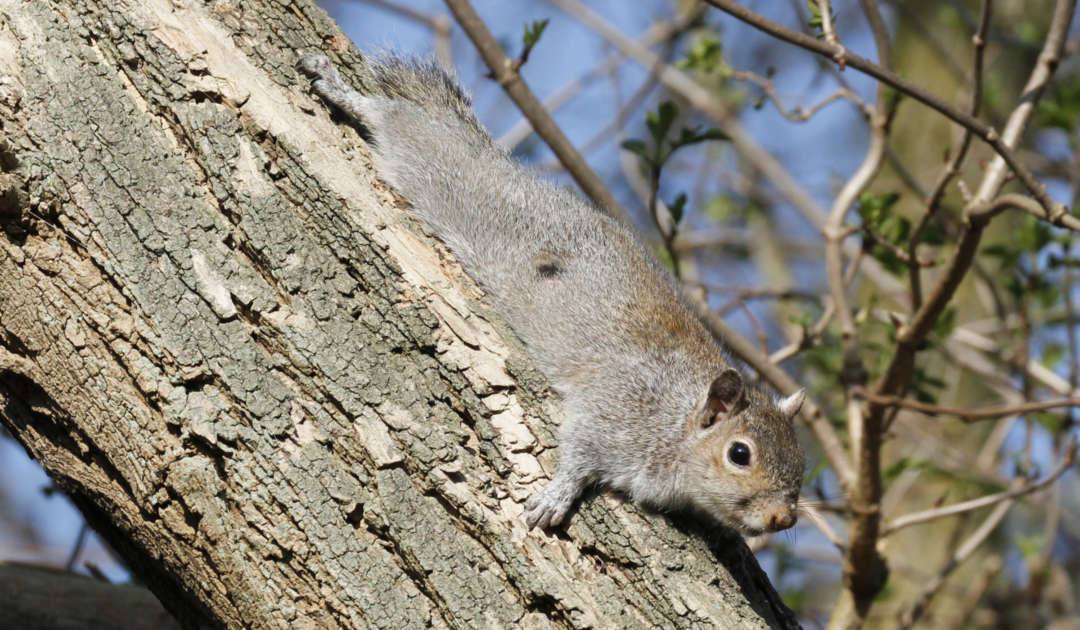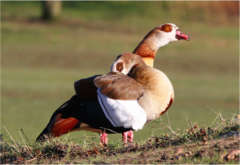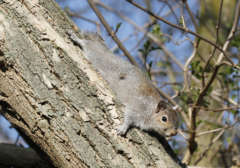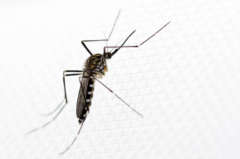The invasion continues: Alien species expected to increase by 36% worldwide until 2050
The number of alien species worldwide is expected to increase by 36% by the middle of this century (compared to 2005), finds a study by an international team of scientists lead by a researcher from the German Senckenberg Biodiversity and Climate Research Centre. In Europe, the study predicts the arrival of around 2,500 new alien species which translates into a relative increase of 64 % by the middle of this century when compared to 2005 – although it should be possible to reduce this number with stricter biosecurity regulations.
Alien species are species that humans have moved around the world to places where they do not naturally occur. More than 35,000 such species had been recorded by 2005 (the date of the most recent comprehensive global catalogue).
In their study, just published in the scientific journal “Global Change Biology”, Hanno Seebens (of the Senckenberg Biodiversity and Climate Research Center, Germany) and his colleagues developed a mathematical model to calculate for the first time how many more aliens we would expect to find by 2050.
“The number of alien species will continue to increase. Worldwide, by 2050 we will see an increase of 36% in alien plant and animal species, compared to the year 2005”, said Dr. Seebens. The study identifies high levels of variation between regions. The largest increase is expected in Europe, where the number of alien species will increase by 64% by the middle of the century. Additional alien hotspots are predicted to include temperate latitudes of Asia, North America, and South America. On the other hand, the lowest relative increase in alien species is expected in Australia.
Europe will also see the largest increase in absolute numbers of alien species, with around 2,500 new aliens predicted. Seebens comments: “These will primarily include rather inconspicuous new arrivals such as insects, molluscs, and crustaceans. In contrast, there will be very few new alien mammal species such as the well-known racoon.”
“Globally, increases in alien species are expected to be particularly large for insects and other arthropods, such as arachnids and crustaceans” added the study’s co-author, Dr. Franz Essl of the University of Vienna. “We predict the number of aliens from these groups to increase in every region of the world by the middle of the century – by almost 120% in the temperate latitudes of Asia.”
The study also predicts that the rate of invasion by alien species will continue to increase, at least in some animal groups. Globally, by 2050, alien arthropods and bird species in particular will arrive faster than before, compared to the period 1960 – 2005. In Europe, the rate of new alien arrivals is expected to increase for all plant and animal groups except mammals.
Neither a reversal nor even a slowdown in the spread of alien species is in sight, as global trade and transport are expected to increase in the coming decades, allowing many species to invade new habitats as stowaways. “We will not be able to entirely prevent the introduction of alien species, as this would mean severe restrictions in international trade. However, stricter regulations and their rigorous enforcement could greatly slow the flow of new species. The benefits of such measures have been shown in some parts of the world. Regulations are still comparatively lax in Europe, and so there is great potential here for new measures to curtail the arrival of new aliens,” concluded Seebens.
Publication
Seebens, H., Bacher, S, Blackburn, T. et al. (2020): Projecting the continental accumulation of alien species through to 2050.Global Change Biology, doi: 10.1111/gcb.15333



